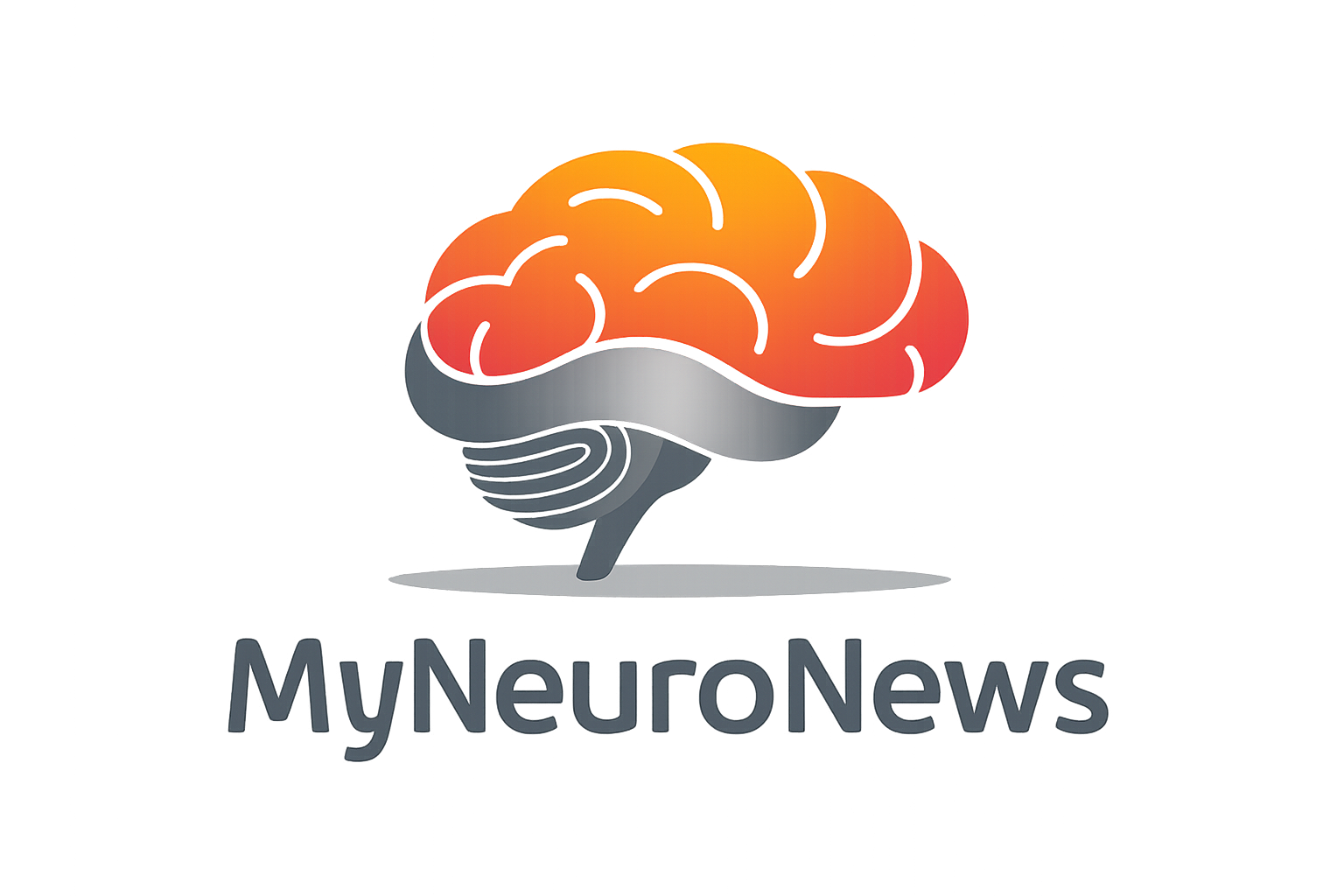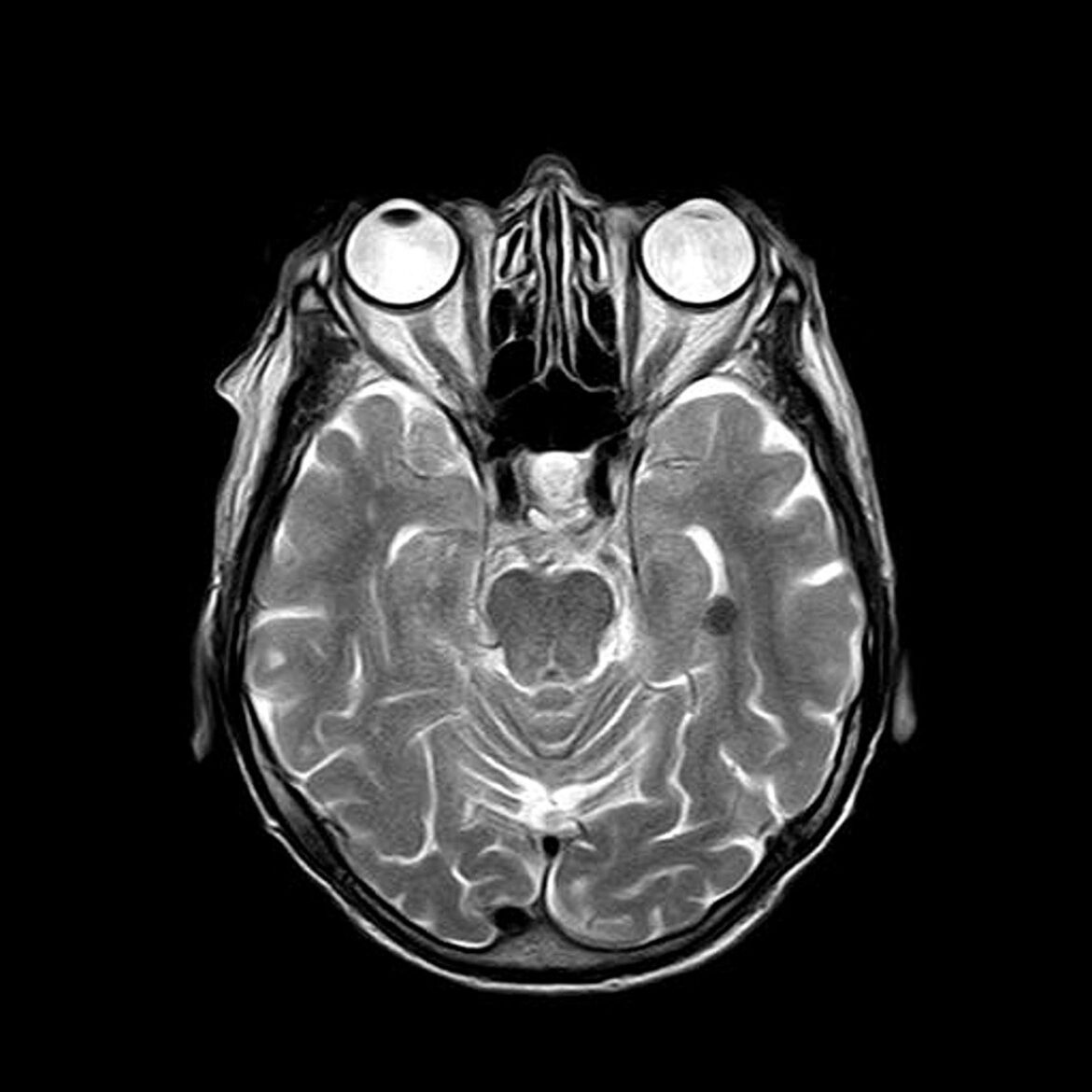Introduction
Traumatic Encephalopathy Syndrome (TES) represents a critical concern within the realm of neurology, spotlighting the long-term impacts of repetitive head injuries. This condition, often emerging from the world of contact sports and military engagements, demands a nuanced understanding due to its profound implications on individuals’ cognitive, emotional, and neurological well-being.
Background and History
The journey to recognizing TES in medical literature traces back to early observations of chronic traumatic encephalopathy (CTE) in boxers during the 1920s. Initially termed “punch drunk syndrome,” the condition underscored the neurological consequences of repeated blows to the head. Over decades, as research expanded beyond boxing to include various contact sports and military veterans, TES emerged as a broader term encompassing the complex syndrome linked to repetitive brain trauma.
Criteria for Diagnosis
In 2021, a pivotal moment arrived with the establishment of refined diagnostic criteria for TES. These criteria aimed to delineate TES with greater precision, facilitating its differentiation from other neurodegenerative disorders. Key diagnostic markers include a history of repetitive head impacts, the presence of cognitive, mood, and behavioral symptoms diverging from baseline, and a temporal relationship between head impacts and symptom onset.
Clinical Presentation
TES manifests through a constellation of symptoms, challenging both patients and healthcare providers. Cognitive impairments may include memory loss and executive dysfunction, while mood and behavioral changes can range from depression to impulsivity. The syndrome’s insidious onset complicates its identification and underscores the necessity for thorough clinical evaluations.
Challenges in Diagnosis
Diagnosing TES in living patients presents formidable challenges. The syndrome’s overlap with other neurodegenerative conditions, combined with the current absence of definitive biomarkers, necessitates reliance on clinical history and symptomatology. This situation amplifies the need for innovative diagnostic approaches, including neuroimaging and cerebrospinal fluid analysis, to identify TES with greater accuracy.
Recent Study Analysis
A landmark study examining professional athletes aimed to validate the 2021 TES criteria by correlating them with observable changes in brain structure and function. Through meticulous analysis, researchers sought to bridge the gap between clinical criteria and tangible, measurable neurological changes, paving the way for a deeper understanding of TES’s clinical landscape.
Implications for Research and Clinical Practice
The findings from recent studies illuminate the path forward for TES research, highlighting the critical role of longitudinal studies in deciphering the syndrome’s progression. For clinical practice, these insights underscore the importance of early detection, personalized management plans, and the development of targeted interventions to mitigate TES’s impact.
Prevention and Treatment Strategies
As TES gains clearer definition, strategies for prevention and treatment come into sharper focus. Preventative measures in contact sports, enhanced protective gear, and rigorous concussion protocols represent the forefront of reducing TES incidence. Simultaneously, treatment strategies emphasize symptom management, cognitive rehabilitation, and supportive therapies tailored to individual patient needs.
Ethical and Social Considerations
TES also raises significant ethical and social questions, particularly around the sustainability of high-impact sports and the duty of care owed to athletes and military personnel. These discussions extend to policy-making, with implications for sports regulations, athlete education, and long-term health monitoring.
Conclusion
Traumatic Encephalopathy Syndrome demands a multidisciplinary approach to tackle its complexities. By advancing our understanding of TES through research, refining diagnostic criteria, and enhancing prevention and treatment strategies, we can better support those affected by this challenging syndrome. The path ahead calls for collaboration among researchers, clinicians, and stakeholders to safeguard brain health in populations at risk and ensure a future where the impacts of repetitive head trauma are fully understood and effectively managed.

